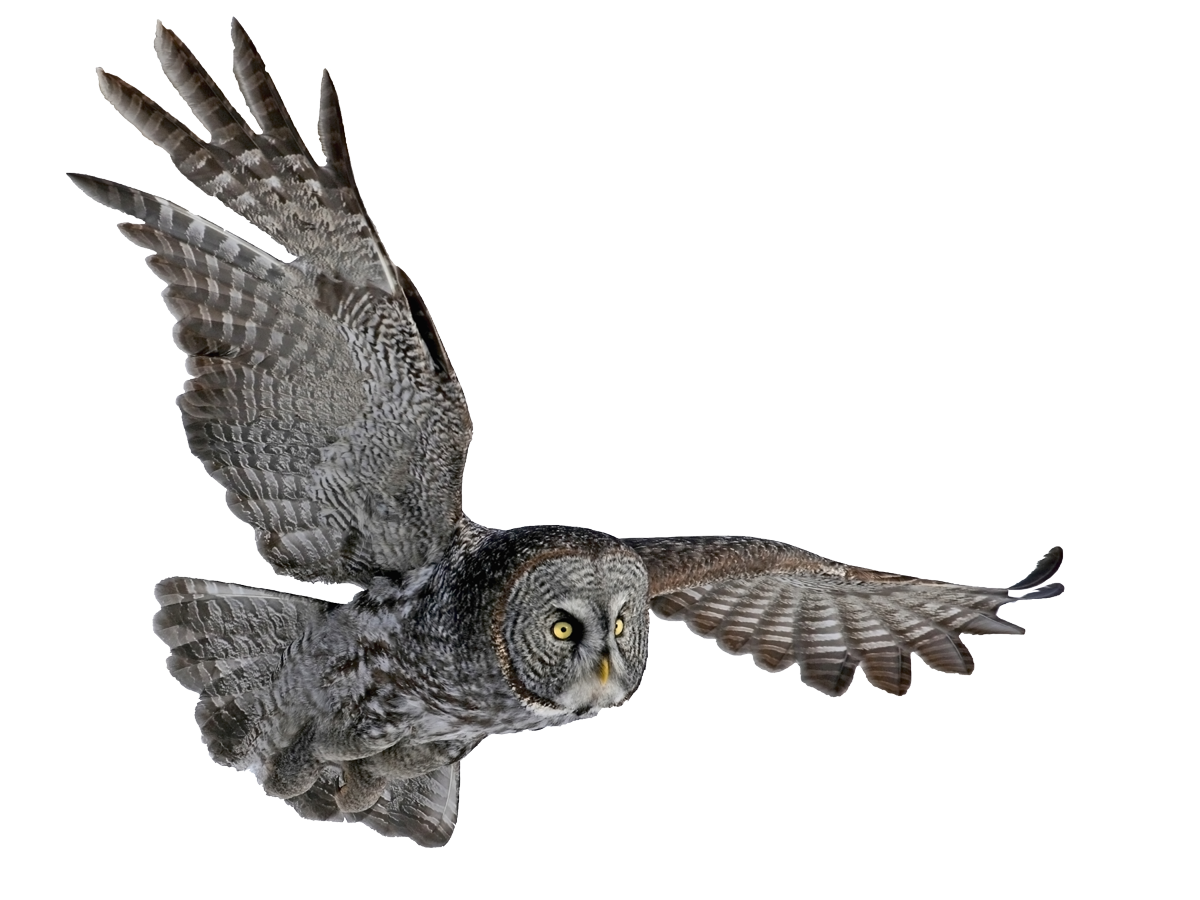Pest categories

Pharaoh ants
Bed bugs
House mouse
Brown rat
Black rat
Cockroaches
Flies and houseflies
Meat flies
Fruit flies (drosophila)
Ants
Wasps
Fleas
Mediterranean Flour Moth, Indianmeal moth, cacao moth and Broad-barred knot-horn moth
Other pests of stored foodstuffs are beetles
Clothes moth and case bearing clothes moth
Common carpet beetle, fur beetle, museum beetle and larder beetle
Wood-damaging beetles
Domestic pigeon
Gulls
Raven birds
Sparrows
Contact us
Mediterranean Flour Moth, Indianmeal moth, cacao moth and Broad-barred knot-horn moth
Pests of stored products. They are mainly found in dry plant products: cereals, flour, pasta, nuts, spices, dried vegetables and fruit, sweets and chocolate products.
Why it is a pest?
Caterpillars contaminate products with faeces and spider threads.
Damage to the product ⎯ it is no longer usable.
Damage to the product ⎯ it is no longer usable.
Which areas are relevant?
- Home
- Food industry
- Storage areas for foodstuffs and their raw materials
- Catering establishments
- Accommodation service companies
What do they harm and who do they harm?
- Dry products of plant origin in storage
Key attributes
Butterflies.
At temperatures below 13⎯15 ºC their development stops. The development period from egg to adult lasts at least a month, depending on the temperature. In unheated areas or in places that are unfavourable for development, the moth usually develops once a year.
Eggs are laid on food or raw materials, including tobacco, coffee beans and hay. The newly hatched larvae feed on these products. In other stages of development (egg, pupae, adult), it is not harmful to stored products.
They hide in wall cracks, in dark places that are hard to reach.
Almost all stored product pests are adapted to feed on food with very little liquid content. These pests can enter warehouses from the outside through open windows and doors, through cracks in walls, through ventilation and other openings, from adjacent premises, or by migrating from contaminated to non-contaminated products. They can also attack crops that are still in the field and enter the warehouse with infected produce. Reused packaging material (bags, boxes, pallets) or used equipment and furniture are potential pathways into warehouses. For example, in some places, dried flowers or cereals are used as decorations and can also be contaminated.
At temperatures below 13⎯15 ºC their development stops. The development period from egg to adult lasts at least a month, depending on the temperature. In unheated areas or in places that are unfavourable for development, the moth usually develops once a year.
Eggs are laid on food or raw materials, including tobacco, coffee beans and hay. The newly hatched larvae feed on these products. In other stages of development (egg, pupae, adult), it is not harmful to stored products.
They hide in wall cracks, in dark places that are hard to reach.
Almost all stored product pests are adapted to feed on food with very little liquid content. These pests can enter warehouses from the outside through open windows and doors, through cracks in walls, through ventilation and other openings, from adjacent premises, or by migrating from contaminated to non-contaminated products. They can also attack crops that are still in the field and enter the warehouse with infected produce. Reused packaging material (bags, boxes, pallets) or used equipment and furniture are potential pathways into warehouses. For example, in some places, dried flowers or cereals are used as decorations and can also be contaminated.
PEST CONTROL involves the protection of human health, property and food resources from unwanted harmful organisms ⎯ pests.
Copyright


